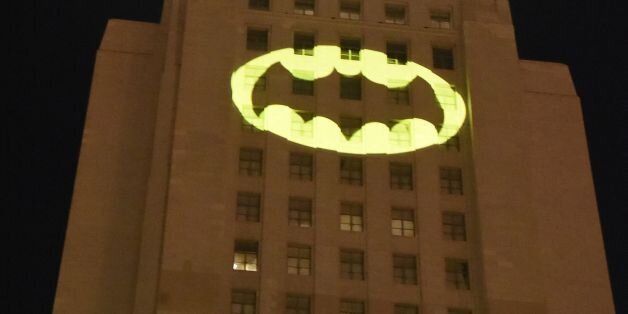
The attraction of comic book characters comes from the fact that they are enhanced versions of ourselves. This enhancement can stem from a superpower, an extremely selfless or selfish personality, a costume that can make them fly or a secret high-tech cave and mask that entirely transforms their identity. Comic book characters push the boundaries of real life and magnify the potential of ordinary humans just enough to get people wondering whether this could be a reality for future generations.
It may sound ridiculous to some, but this future may be closer than we think. Only a couple of months ago, British inventor Richard Browning was able to fly at the annual Technology, Entertainment and Design conference. He used an exoskeleton of his own design and six miniature jet engines to create a suit that is capable of flying at 200mph at a few thousand feet for around ten minutes, prompting comparisons with Iron Man.
The idea of exoskeletons seems inextricably linked to the fictional world, but in recent years, engineers and inventors have also begun to use exoskeletons not just to take off, but to keep people in the military safe, to aid muscle therapy, and even help people to walk again.
It has worked its way into our consciousness through famous comic book and blockbuster film characters such as Dr Octopus, the famous Spider-Man villain who controls his powerful metal tentacles with his mind.
This link between an external, constructed skeleton and the natural brain is an idea that's been explored in the real world too, with the use of innovative EEG sensors. These sensors can detect brain signals and translate them into instructions for devices that aren't part of the body. They've even enabled paralysed people to control a motorised exoskeleton that keeps the body upright and allows it to move.
Not only that, these sensors can even enable amputees to operate prosthetic limbs and give them the ability to grasp and move objects. Although this new technology has already started to transform people's lives, predicting what it could lead to is almost beyond any human's imagination - even for someone who creates comic book characters.
But how close are other areas of technology to giving people super powers? Some scientists are drawing inspiration from the natural world. Bats famously use echolocation to navigate in the dark, much like the comic book character Daredevil. This character is blind and therefore relies on his heightened other senses to allow him to fight his enemies and carry out his impressive martial arts moves.
Of course, the question is, how could this possibly apply to real life? You guessed it - echolocation is now helping blind people to see. Echolocation glasses work by converting visual information into sonar noise, which is then played back into the wearer's ears. Eventually, the brain could potentially re-wire itself to 'see' these sounds, much like bats 'see' in the dark.
These innovations are just the tip of the iceberg, but what lies beneath the water is only just starting to form. We've only recently seen assistive technology take on qualities that would only have existed previously in comic books. It's unlikely that anyone can even imagine the potential of assistive technology in ten, twenty or thirty years, and if they can, it will probably even exceed that.
It's crucial for inventors, scientists and innovators to consider who is going to be making this technology in years to come. The capacity of technology to change and save lives has accelerated beyond belief in recent history, but it will only continue to do so if today's generation of children want to be a part of its creation.
Telepathy, teleportation and super-healing abilities only solely exist in books and films at the moment, but if we can learn anything from recent technological innovations, it's that almost anything is possible. If we teach children this important lesson and encourage them to dream big, like the comic book characters they're in awe of, they will change the world beyond our wildest imagination.
